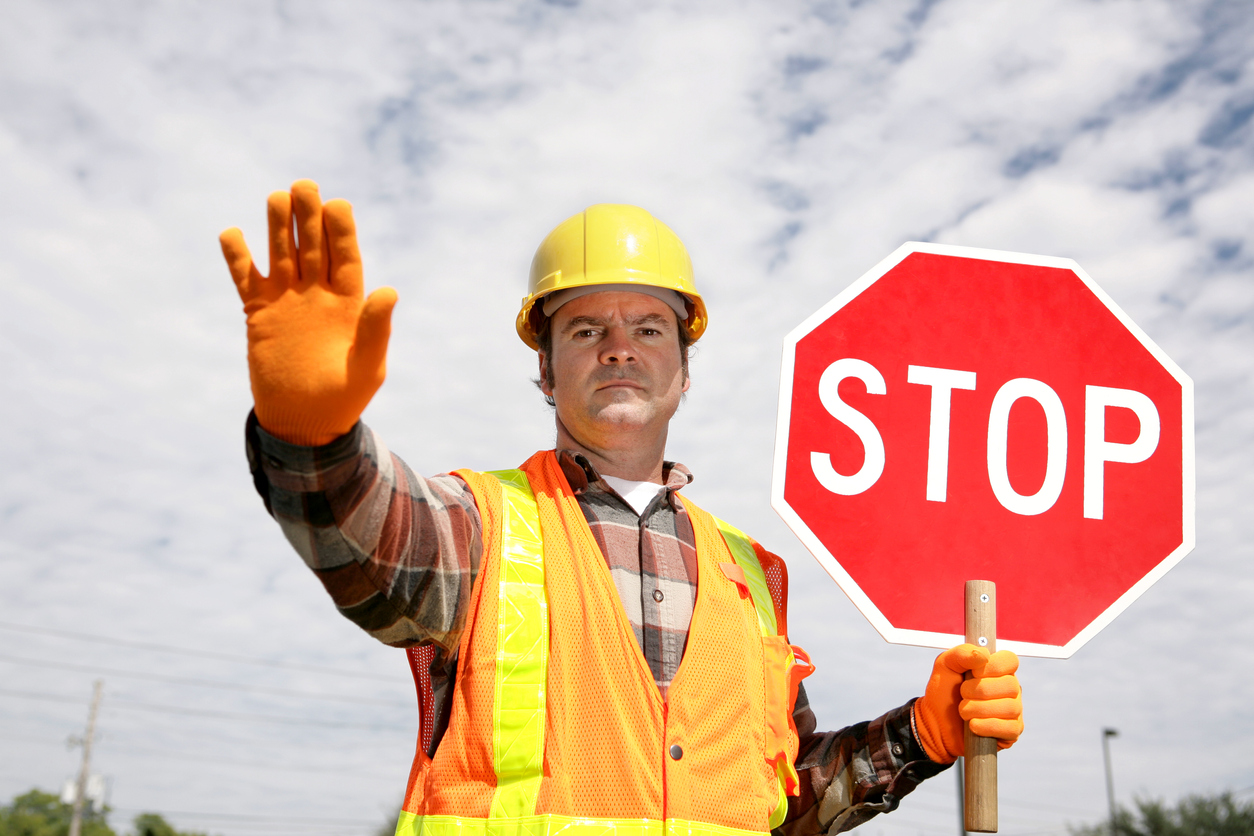On March 31, 2020, six Northern California Bay Area counties significantly limited construction activity. These orders will result in thousands of construction projects shutting down until at least May 3, 2020. What impact does this have on existing property insurance claims? The answer: a lot, and they will probably result in significant legal disputes.
While this is only affecting part of California now, expect other areas to follow suit. After all, the Northern California Bay Area has already proved to be ahead of the national curve for shelter-in-place orders (disclaimer: I live in the Bay Area).
The Orders
The new orders were issued from the City and County of San Francisco; Alameda County (Oakland, Berkeley); Contra Costa County (Walnut Creek), San Mateo (Menlo Park, SFO); Marin (Sausalito); and the City of Berkeley. Each order lasts through May 3, 2020. With the state of the world as it is, we can reasonably expect the order to be renewed after that.
Each order is nearly identical except for San Francisco, which is more or less restrictive, depending on the type of construction. With the exception of San Francisco, the other orders limit construction to the following activities:
- Projects immediately necessary to the maintenance, operation or repair of Essential Infrastructure;
- Projects associated with Healthcare Operations, including creating or expanding Healthcare Operations, provided that such construction is directly related to the COVID-19 response;
- Affordable housing that is or will be income-restricted, including multi-unit or mixed-use developments containing at least 10% income-restricted units;
- Public works projects if specifically designated as an Essential Governmental Function by the lead governmental agency;
- Shelters and temporary housing, but not including hotels or motels;
- Projects immediately necessary to provide critical non-commercial services to individuals experiencing homelessness, elderly persons, persons who are economically disadvantaged, and persons with special needs;
- Construction necessary to ensure that existing construction sites that must be shut down under this Order are left in a safe and secure manner, but only to the extent necessary to do so; and
- Construction or repair necessary to ensure that residences and buildings containing Essential Businesses are safe, sanitary, or habitable to the extent such construction or repair cannot reasonably be delayed.
San Francisco’s order, on the other hand, exempts “healthcare projects directly related to addressing the COVID-19 pandemic, housing and mixed use projects that includes at least 10% affordable housing, projects that provide services to vulnerable populations, projects required to maintain safety, sanitation, and habitability of residences and commercial buildings; and construction necessary to secure an existing construction site that must shut down.”
How Does This Affect Business Interruption Claims?
Shelter in place orders will undoubtedly extend the amount of time it takes to restore the premises to its pre-loss condition. Whether this extra time is actually covered is ripe for dispute.
While it is eminently reasonable to extend the restoration period because of these orders, insurers will argue that they are not covered. Insurers will contend that these closures constitute a separate loss for which there is no coverage. Most business interruption policies only cover businesses for their losses due to a “suspension” resulting from a “covered cause of loss.” Insurance companies will argue that the additional suspension is due to the coronavirus and the shelter in place orders. Whether these constitute covered causes of loss is subject to much debate and has been addressed in other posts on this blog.
Insurers will also argue that the policy only pays during the “period of restoration.” While the actual time it takes to repair will be extended, most policies define “period of restoration” as “the date when the property should be repaired, rebuilt or replaced with reasonable speed and similar quality.” Insurers will argue that this language requires determining a theoretical period of restoration only, and does not take things like the shelter in place orders into consideration. Most states have strong precedential decisions confirming that the period of restoration is theoretical only.1 But in California, the only precedent exists in federal courts, which does not govern how state courts rule. In Ingenco Holdings, LLC v. Ace American Insurance Company,2 the Ninth Circuit agreed that the period of restoration is theoretical but that the “actual time of repair has some bearing,” particularly in cases “where businesses have completed repairs or resumed operations by the time a court” gets involved.
Another issue can arise from the policy language itself. As Chip Merlin always says, RTFP (Read The Full Policy). Many policies clearly state that the period of restoration cannot be extended due to a government order. But whether that language is intended to apply to shelter in place orders, as opposed to stop-work orders, is another point of debate.
As these shelter in place laws restrict construction in other states, more and more disputes will arise. How these coverage battles play out in the courts is yet to be seen.
__________________________________________
1 See, e.g., Landes v. State Farm Fire & Cas. Co., 907 S.W.2d 349 (Mo. App. 1995); Duane Reade, Inc. v. St. Paul Fire & Marine Ins. Co., 279 F.Supp.2d 235 (S.D. N.Y.2003).
2 Ingenco Holdings, LLC v. Ace American Ins. Co., 921 F.3d 803 (9th Cir. 2019).




